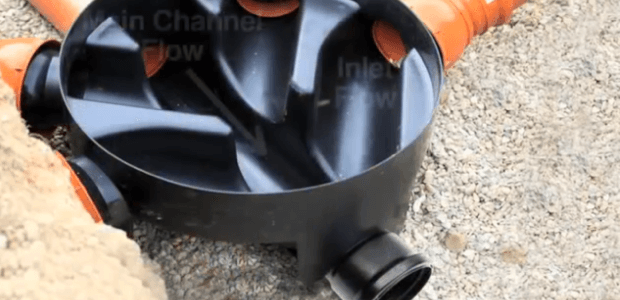How Deep Can Inspection Chambers Be Installed?
There are two factors which govern the maximum depths at which inspection chambers can be installed - Safety and Usability. For it to comply with building regulations, an approved chamber must be installed at a depth where there is no risk to human life from falling into chambers, and where the chamber can still be an effective point of access for accessing and cleaning the drainage system.
Mini Access Chambers (300mm Diameter)
The narrow width of this chamber dictates that you can only effectively use it to a depth of 600mm. For this reason, mini access chambers are generally used near the house and hence near to the top of the drain.
Standard Inspection Chambers (450mm Diameter)
450mm chambers provide good access for rodding and cleaning, but because they are large enough for a child to fall into the maximum permitted installation depth when using a standard chamber cover is 1200mm.
Using Inspection Chambers at depths greater than 1.2m
You can use a 450mm inspection chamber up to a depth of 3m provided you incorporate a chamber reducing ring to restrict the opening to 350mm. This reduces the opening from 450mm to 350mm, effectively preventing anyone from falling inside it. It is rare though for a 450mm chamber to be installed to a depth of much greater than 1.5m as rodding becomes difficult to manage at this depth - for this reason deep inspection chambers are generally used in modern installations as camera access points.
Traditional Brick Manholes
Chamber bases can also be installed into wider, brick built traditional manholes. The benefit of this is that no benching is required - the chamber base provides the flow channels and the connections to the incoming and outgoing pipes.
If you need any further information or clarification then please contact us.













